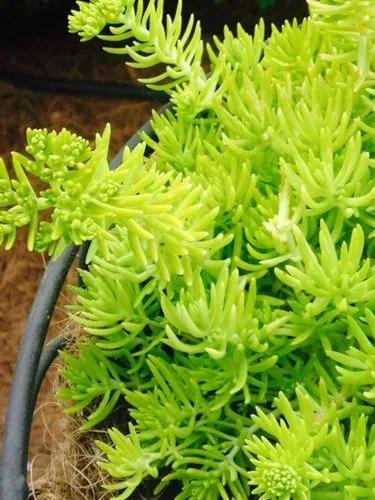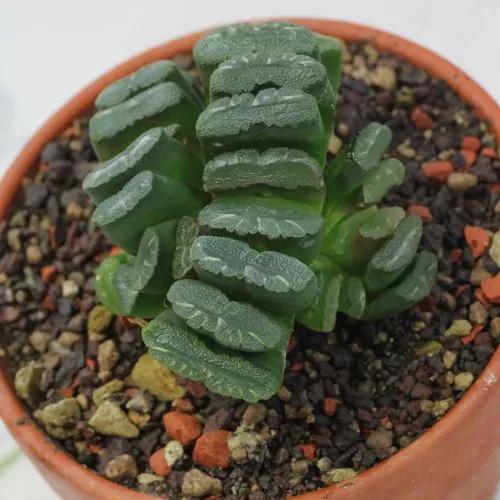Perhaps few people make soap from Yucca elata these days, but soaptree yucca's quirky appearance remains universally charming. Carefree and drought tolerant, the soaptree yucca thrives in Sunset Climate Zones 7 to 24. The small trees or large shrubs grow up to 10 feet tall and as wide, making them ideal plants for your front entrance or to frame a patio view. Although generally drought tolerant, the high desert natives need a bit more water in the hottest months than some of their relatives in lower, dryer regions.
Soaptree Yucca Care
Yucca Elata



How to Care for the Plant

Water

Water the plants more frequently when they are young and during hot, dry periods. Check the moisture level of the soil and use a garden hose or irrigation system when the soil dries or the foliage shows signs of wilting.

Pruning

Allow dried, fallen foliage to gather beneath the yucca, rather than raking or removing the leaves, as they help nourish and cover the soil, creating natural mulch and plant food.

Fertilizer

Fertilize only in severely nutrient-depleted soils; soaptree yuccas thrive in poor to average soils. Add compost or a balanced fertilizer to the tree in spring, during the flowering stage, or in the fall if you suspect your plants are stressed from infertile soil.

Sunlight

Full sun

Soil

Use sand, peat moss or compost to amend compacted or clay soils in the planting area.

Temperature

Hardiness 0°F

Additional

The roots contain saponins. Whilst saponins are quite toxic to people, they are poorly absorbed by the body and so tend to pass straight through. They are also destroyed by prolonged heat, such as slow baking in an oven. Saponins are found in many common foods such as beans[K]. Saponins are much more toxic to some creatures, such as fish, and hunting tribes have traditionally put large quantities of them in streams, lakes etc in order to stupefy or kill the fish

Popularity

562 people already have this plant 72 people have added this plant to their wishlists
Discover more plants with the list below
Popular articles






